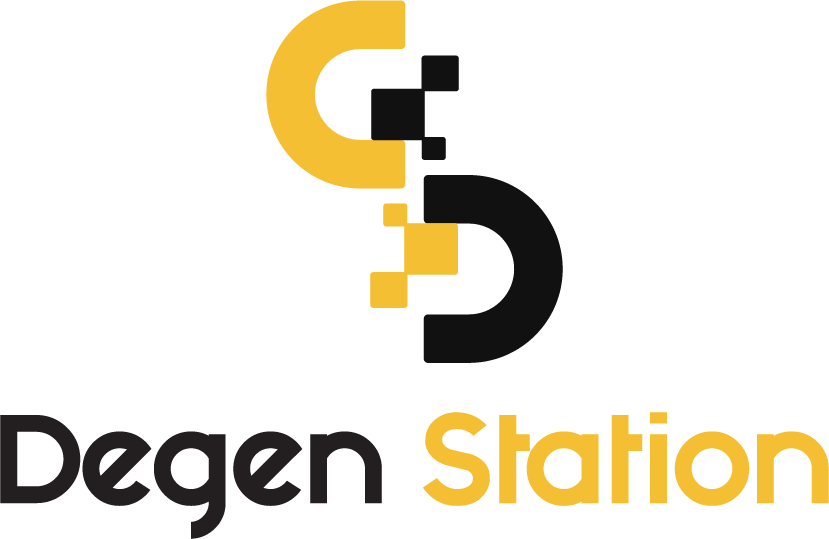LayerZero Bridges Ethereum to Goerli Testnet – Community Divided

On February 21, LayerZero, the cross-chain protocol behind Stargate Finance (STG), announced the launch of its new product, Testnet Bridge.

Testnet Bridge connects Ethereum's mainnet with the Goerli testnet, providing developers with a way to transfer assets between Ethereum and Goerli.
LayerZero has established swap pools via Uniswap DEX to facilitate conversions between ETH (Ethereum’s mainnet token) and gETH (Goerli’s ETH equivalent). This setup eliminates the need to acquire Goerli ETH through Goerli’s faucet. The initial gETH price is set at $0.10, with 12,500 gETH available in the pool. Users will swap and let the price fluctuate naturally.
Public Goods by LayerZero
— LayerZero Labs (@LayerZero_Labs) February 21, 2023
We're excited to introduce the Testnet Bridge as the first of several tools we launch for the Ethereum developer community.
Cliffs: Get Goerli-ETH quickly, easily, and begin testing ASAP without camping faucets or feeling stranded pic.twitter.com/CTxZFxwgvF
The Token Bridge design features two separate pools at each end of the bridge:
- Goerli End: ETH/mETH (token representing ETH Mainnet on Goerli)
- ETH End: ETH/gETH (token representing Goerli ETH on Mainnet)
When users swap ETH for gETH on the Ethereum mainnet pool:
- gETH is bridged to the Goerli testnet.
- gETH is then unwrapped into ETH on the Goerli chain.
The development team argues that one of the biggest barriers for projects testing on Goerli is the inability to collect enough Goerli ETH from the faucet, coupled with long wait times. Thus, LayerZero views this new method as a “public good,” a resource that benefits the entire Ethereum community by making ETH more accessible on Goerli.
Essentially, this move would make Goerli-ETH a legitimate token with its own financial value, convertible with ETH, rather than merely existing independently on Goerli.
A similar model in the crypto space is seen with Polkadot (DOT) and its testnet Kusama (KSM). Both are blockchains, but Kusama, despite having its own token, is considered a testnet for changes on Polkadot.
LayerZero’s initiative has sparked mixed reactions within the Ethereum community. Many oppose the move, arguing that Ethereum's testnet shouldn't be monetized and raising concerns about potential unforeseen consequences. Critics believe testing on Goerli should remain free via faucet tokens, rather than requiring payment to swap for gETH.
This is not a public good.
— GregTheGreek.eth (@gregthegreek) February 21, 2023
This is harmful.
Ethereum does not have a canary network, and you’re creating value on a network that hasn’t had thoughtful economics.
The largest holders of Goerli (myself included) have been against markets for a reason.
Testing should be free https://t.co/bjGUpcxL1O
Additionally, some criticize the bridging to Goerli as misusing the testnet's purpose, suggesting that the newer testnet, Sepolia, is more suitable for dApp development.
MUST WATCH VIDEO
— GregTheGreek.eth (@gregthegreek) February 22, 2023
Afri *clearly* explains how to use testnets.https://t.co/cAKkb76TL6
IMO the most important slide pic.twitter.com/tMO5HFq82V
On the other hand, supporters agree with LayerZero’s rationale, acknowledging the difficulty in acquiring sufficient Goerli-ETH and accusing some parties of speculating on testnet tokens.
“Testnet ETH should be free.”
Okay, but don’t see you sending me any.
What you really mean with your actions is “testnet ETH accrual should be gated behind time-intensive activities.”
Your moralizing has no power here; it’s tradeoffs all the way down.
— foobar (@0xfoobar) February 22, 2023





